
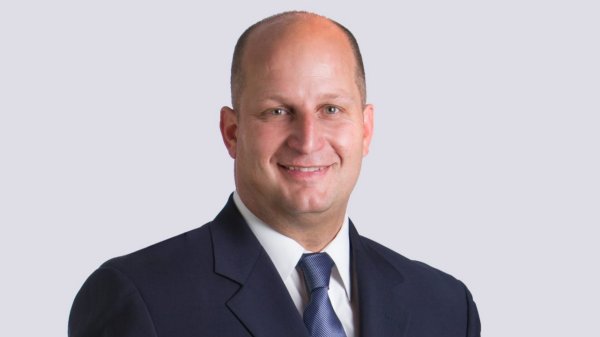
|
Michael Cammarata appointed managing director of Glander International Bunkering's Florida office
Cammarata succeeds Larry Messina, who will step down after 34 years in the role. |
|
|
|
||
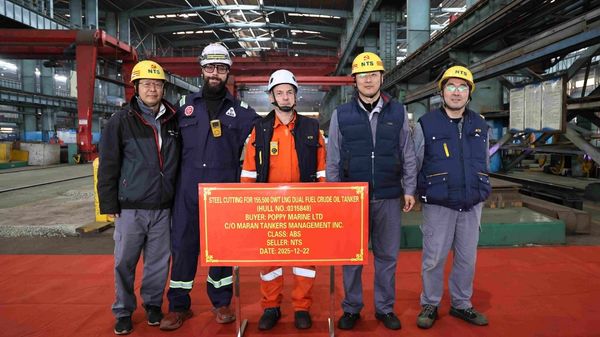
|
Steel cutting begins on LNG dual-fuel Aframax tanker
Chinese yard cuts steel for 155,500-dwt crude carrier. |
|
|
|
||
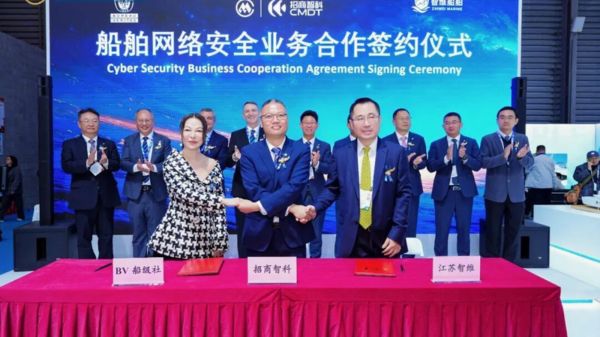
|
Bureau Veritas and CMHI sign agreements to advance green and smart shipping solutions
Classification society and Chinese shipbuilder strengthen partnership with cybersecurity and alternative fuel certifications. |
|
|
|
||
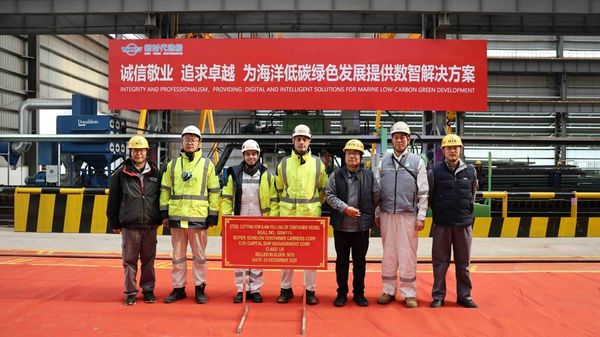
|
Steel cutting begins on 8,400-teu LNG dual-fuel container vessel
Chinese yard commences construction on LNG-powered container ship with Lloyd's Register oversight. |
|
|
|
||
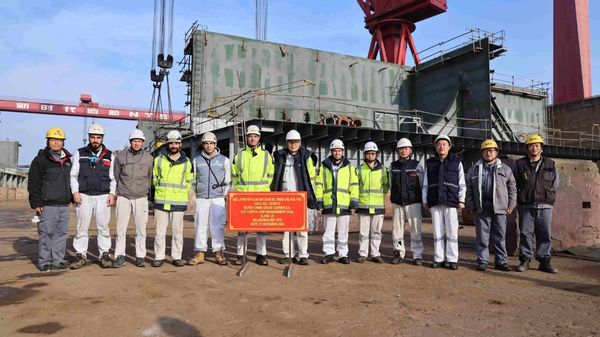
|
Keel laid for LNG dual-fuel crude oil tanker in China
Ceremony held on 23 December for LNG-capable tanker under Lloyd’s Register class. |
|
|
|
||
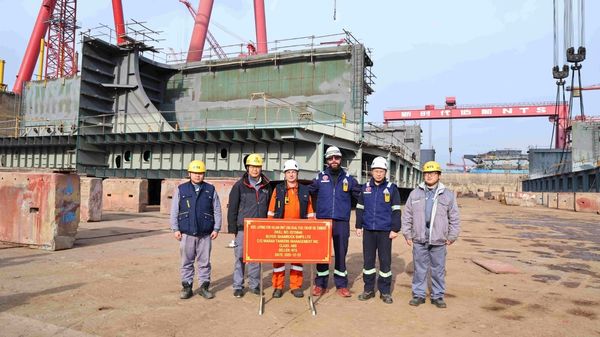
|
Keel laid for 155,500-dwt LNG dual-fuel crude oil tanker
Chinese shipyard begins construction on Suezmax tanker, with Maran and ABS staff in attendance. |
|
|
|
||
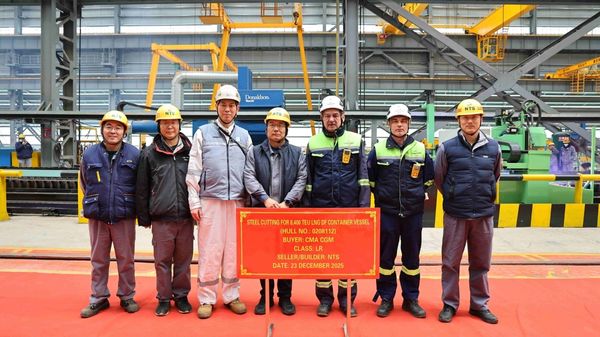
|
New Times Shipbuilding begins steel cutting on 8,400-teu LNG dual-fuel boxship
Chinese shipyard begins construction on vessel for CMA CGM with Lloyd's Register classification oversight. |
|
|
|
||
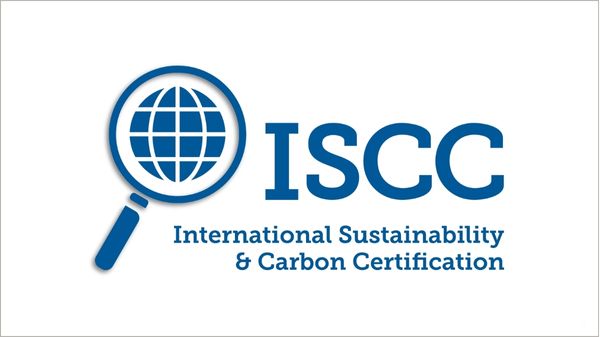
|
Golden Island secures ISCC EU certification for sustainable marine fuel trading
Singapore-based firm can now supply B100 biodiesel and green methanol with verified sustainability proofs. |
|
|
|
||

|
Uni-Fuels seeks bunker traders for London operations
Nasdaq-listed marine fuel supplier recruiting for trading team to support global expansion efforts. |
|
|
|
||
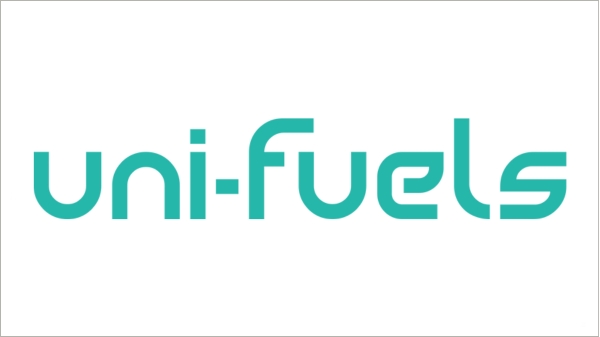
|
Uni-Fuels seeks bunker traders for Piraeus office
Nasdaq-listed marine fuel provider advertises positions as part of expansion in Greek market. |
|
|
|
||
| Houston marine fuel contamination: VPS reveals exclusive findings [News & Insights] |
| US East Coast sees nearly half of VPS's global flash point distillate alerts [News & Insights] |
| VPS issues high sodium fuel alert for Fujairah [News & Insights] |
| Historical review of VPS Bunker Alerts: Steve Bee [News & Insights] |
| VPS flags up Singapore delivery shortages and failure to comply with MFM standard [News & Insights] |